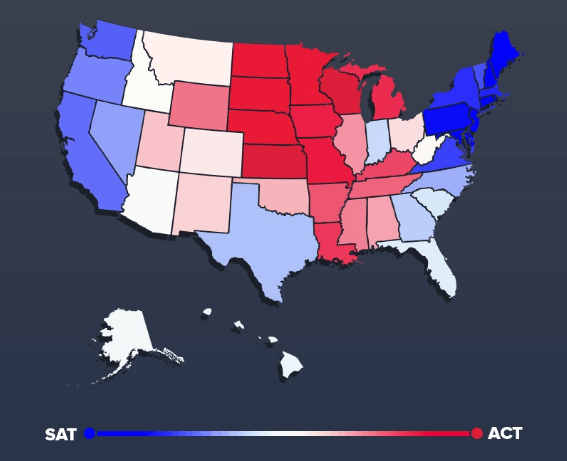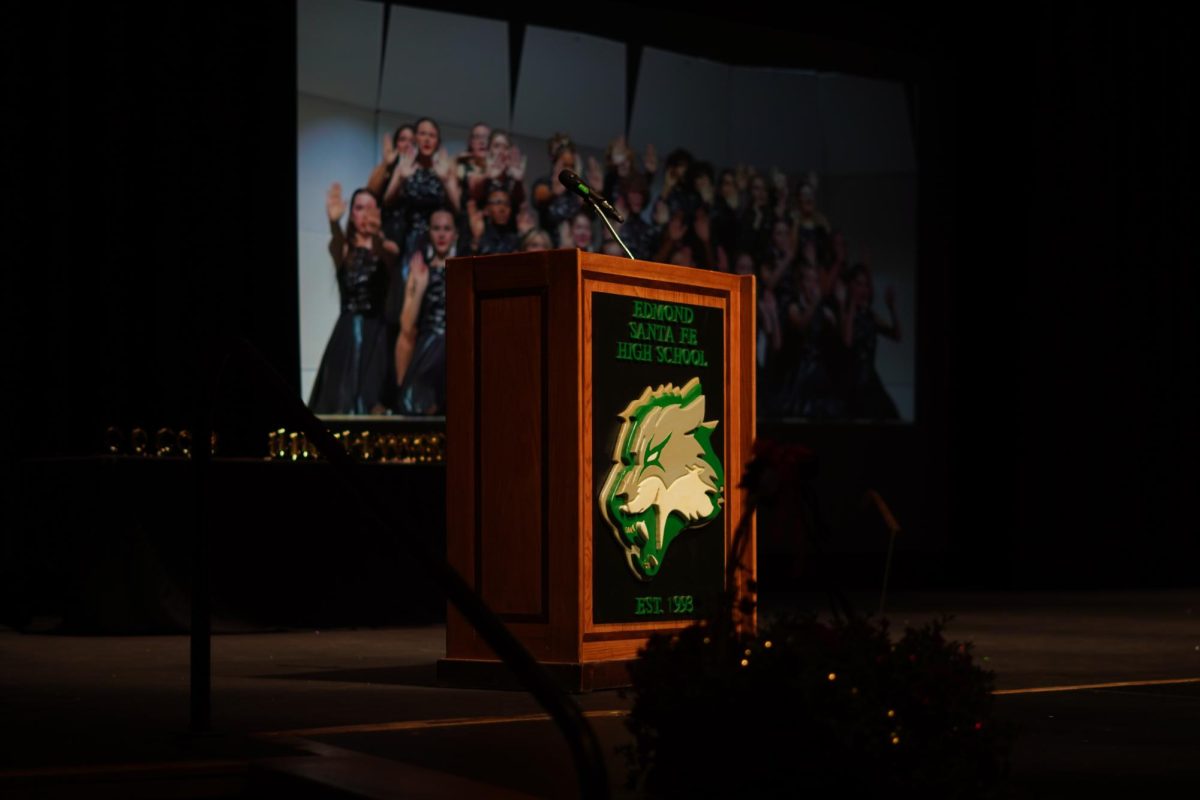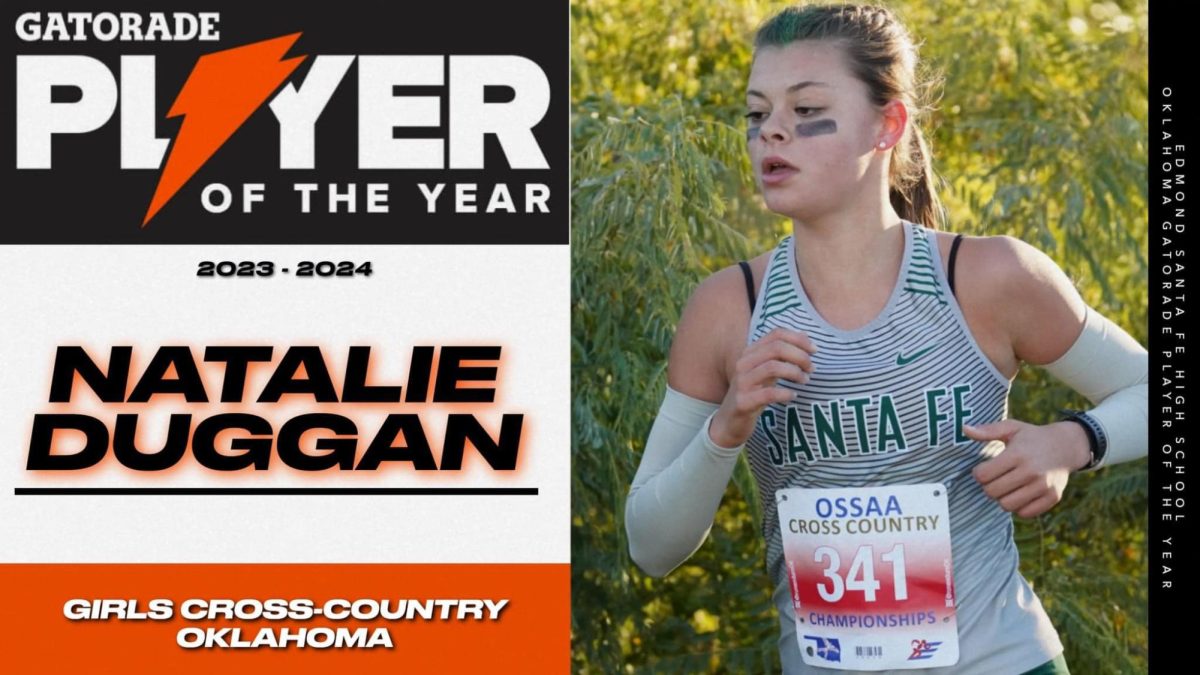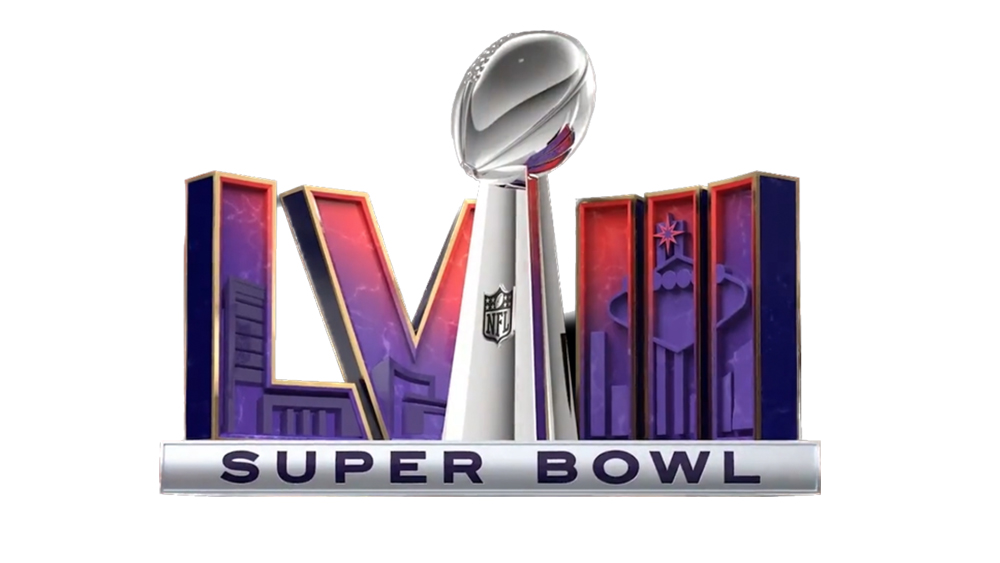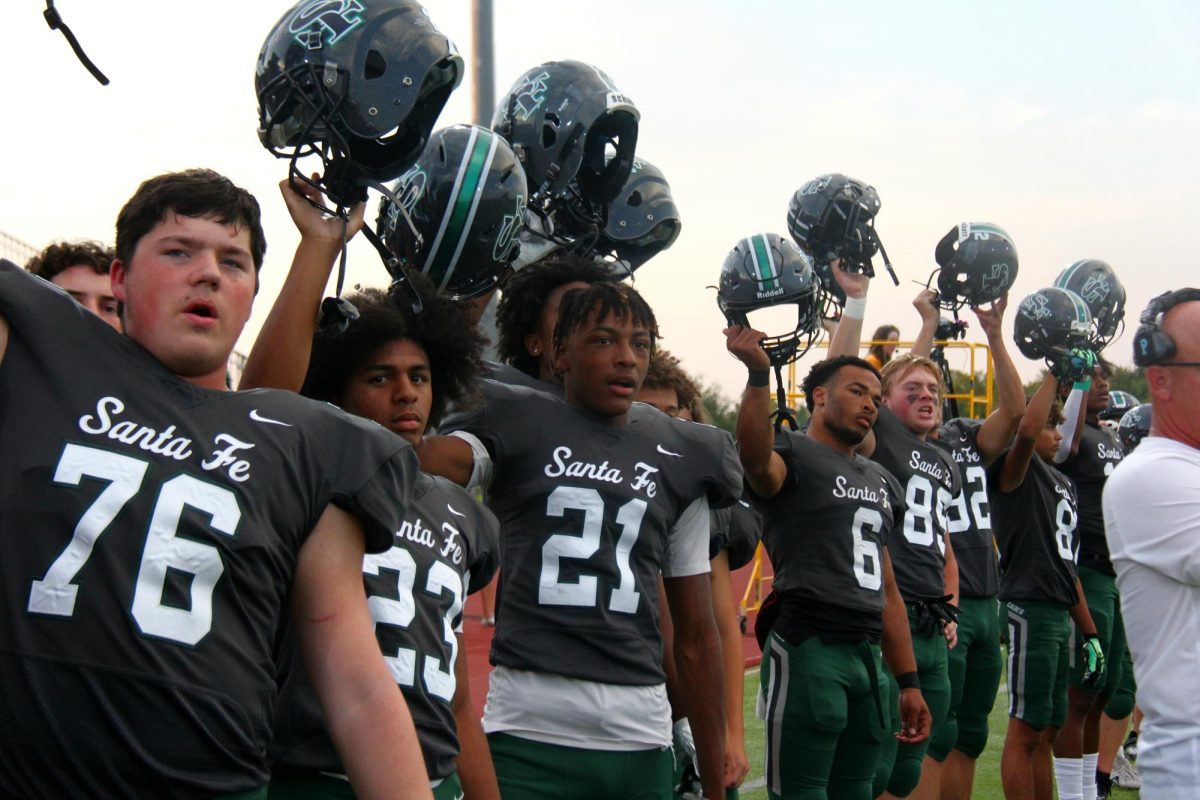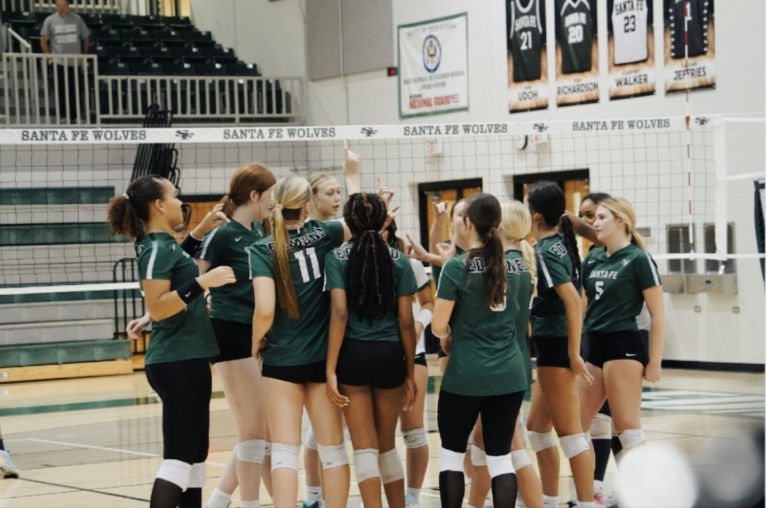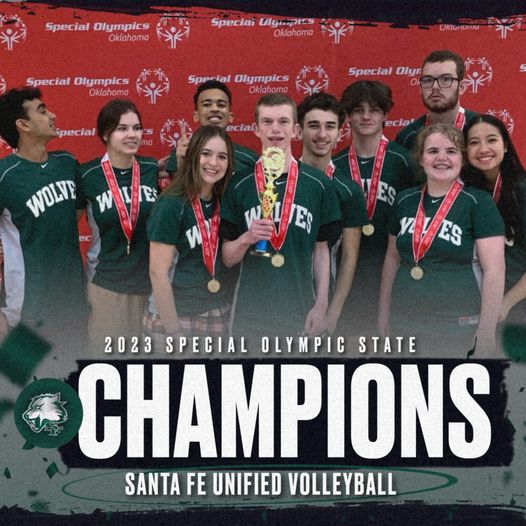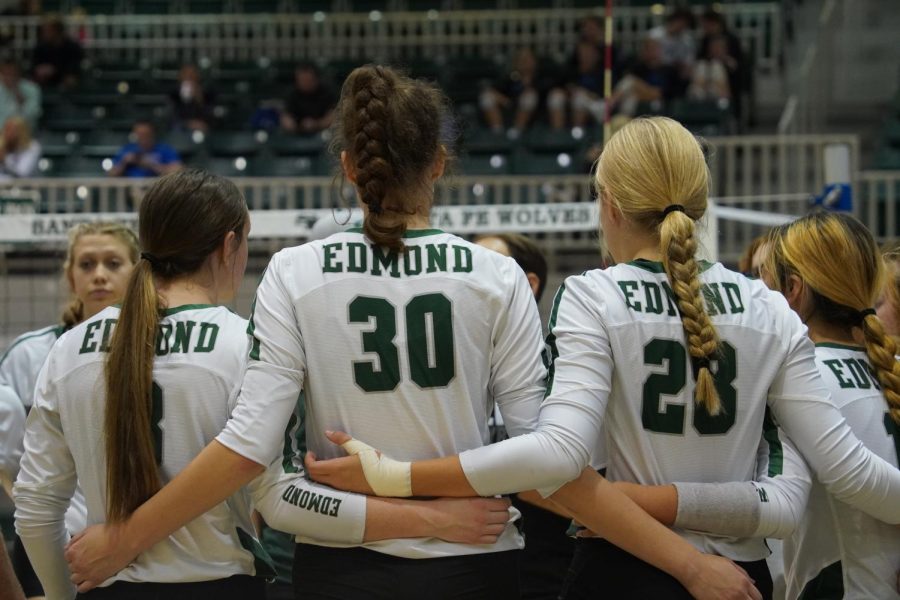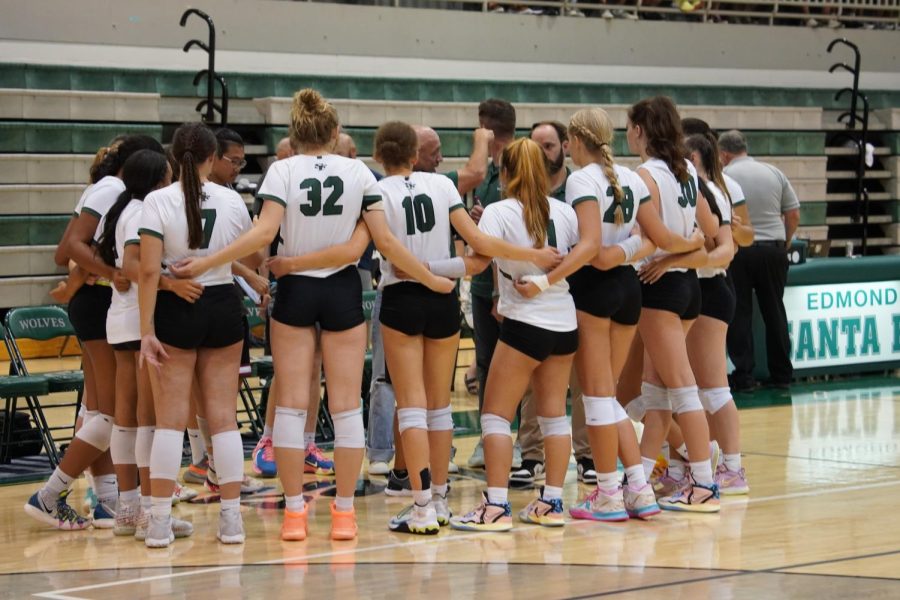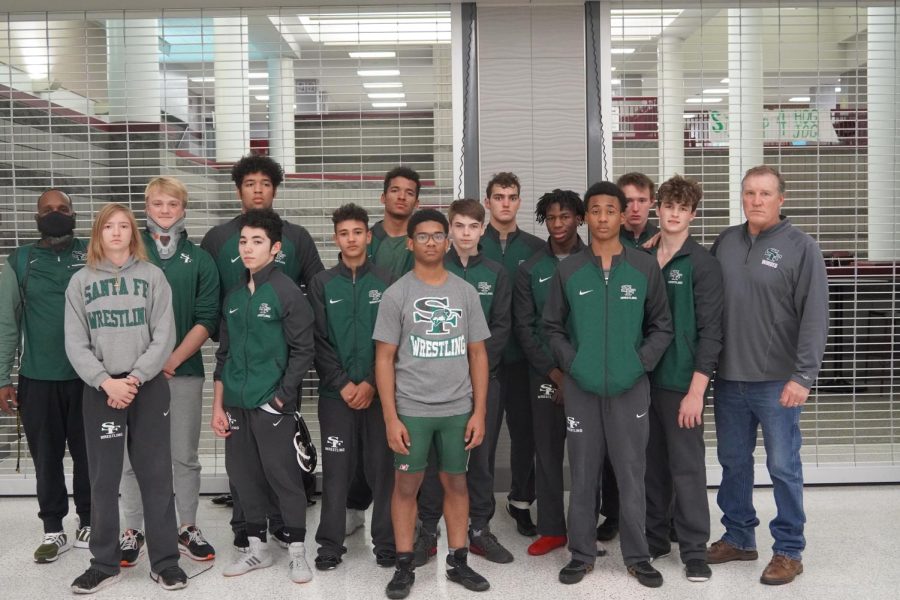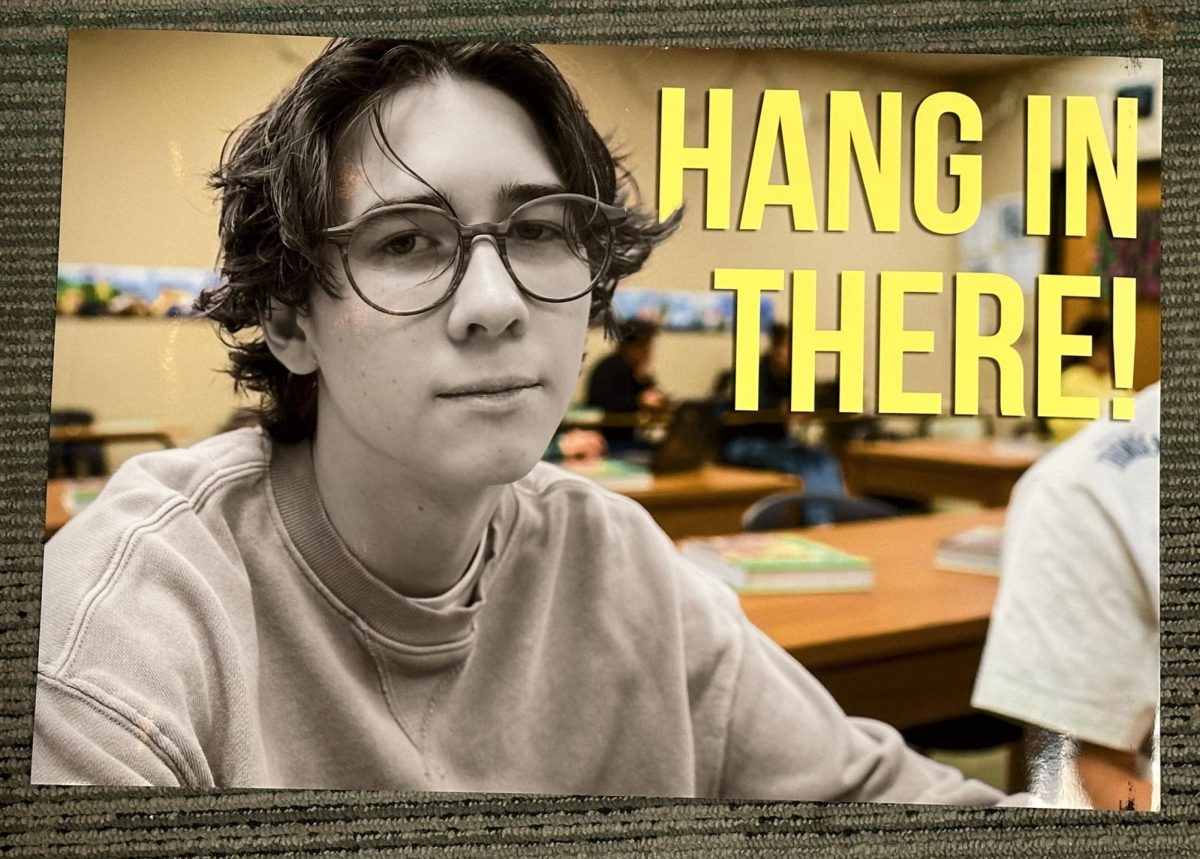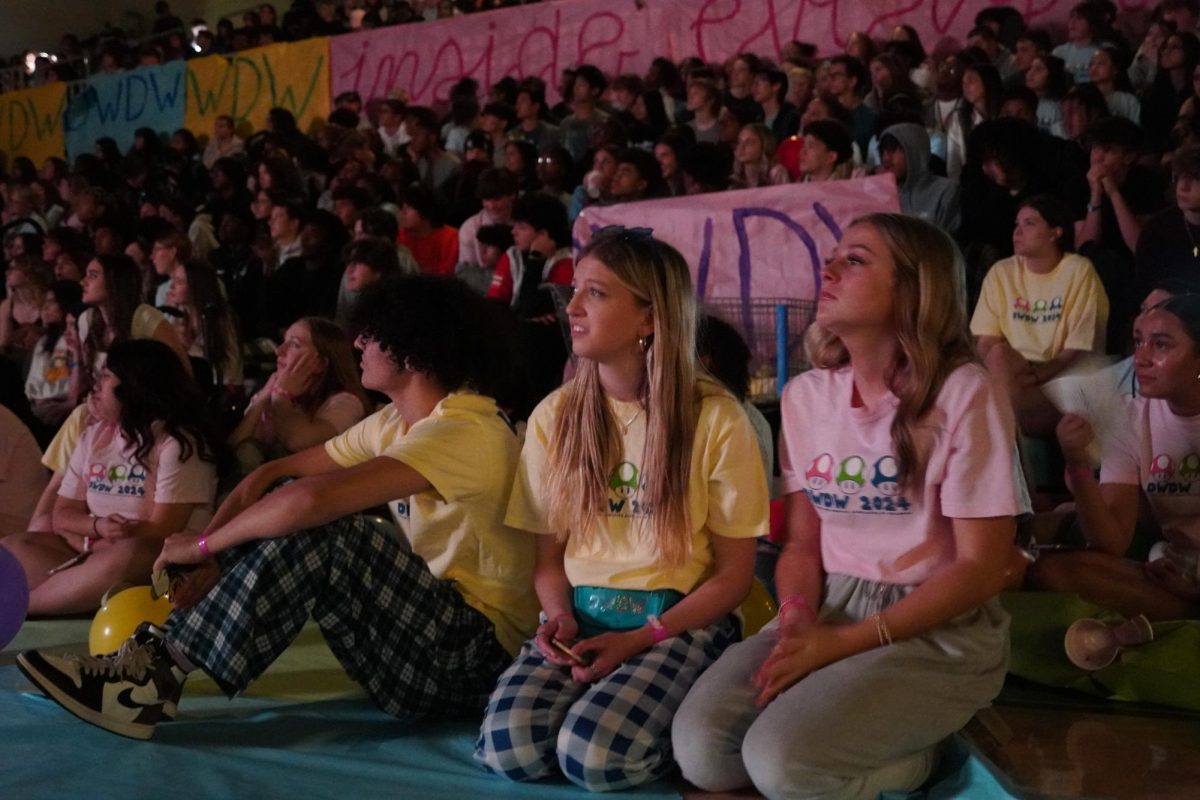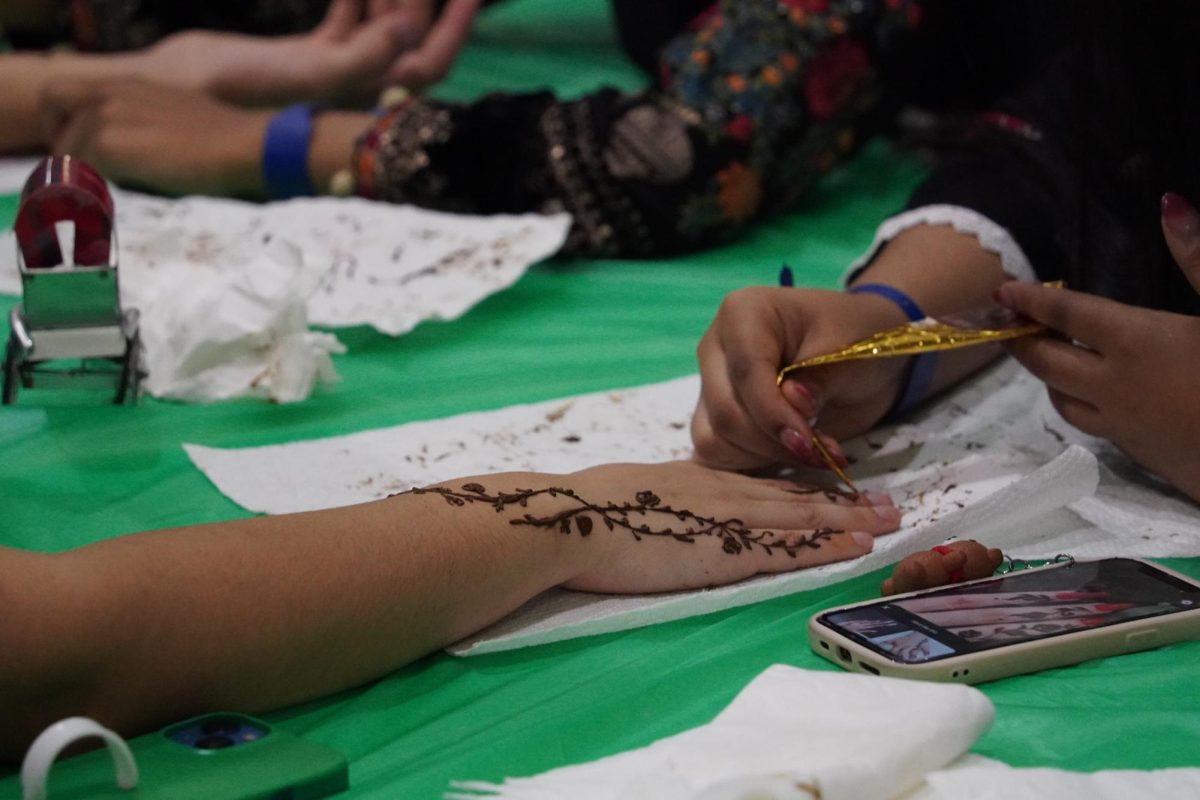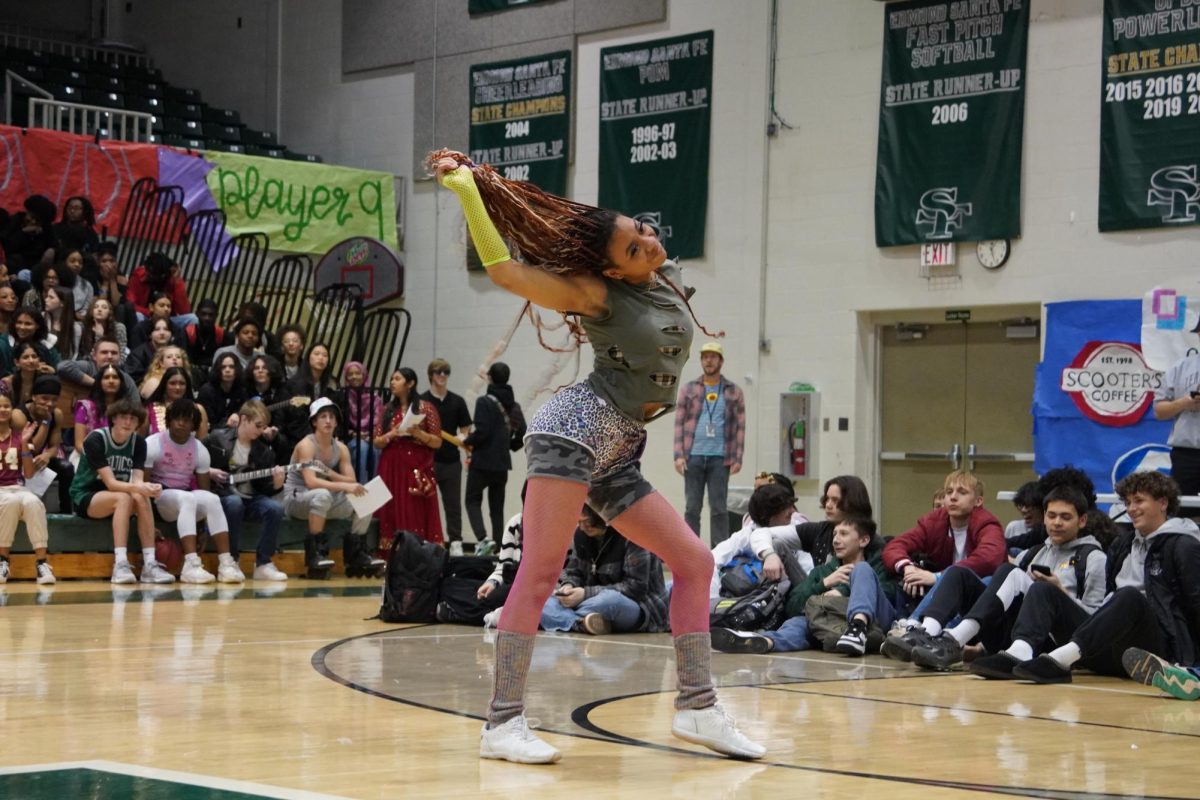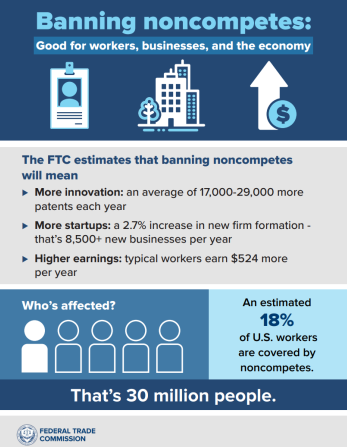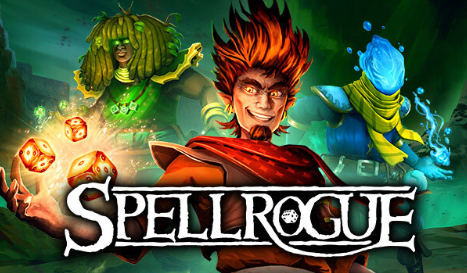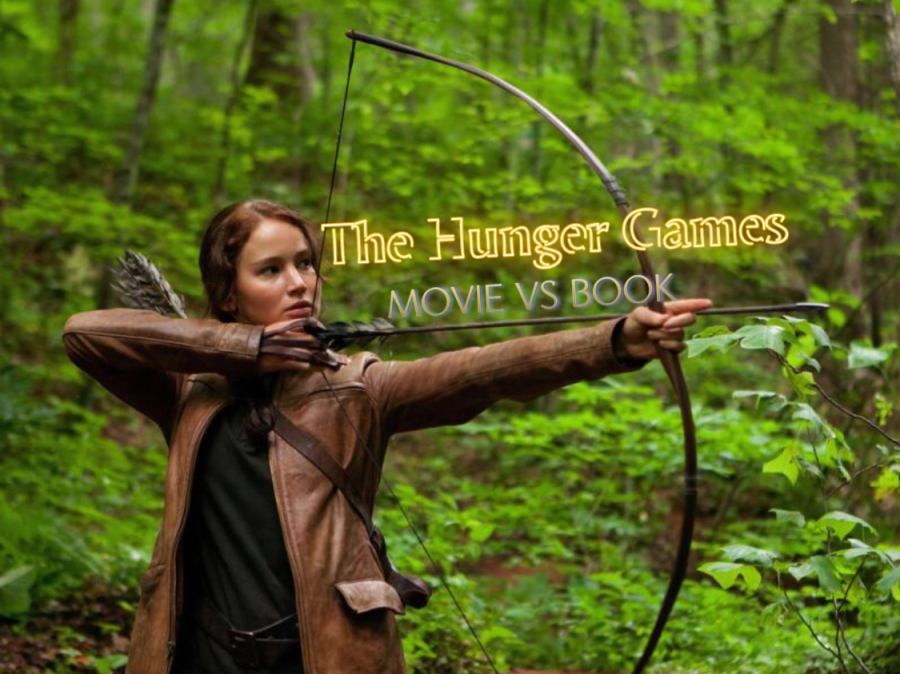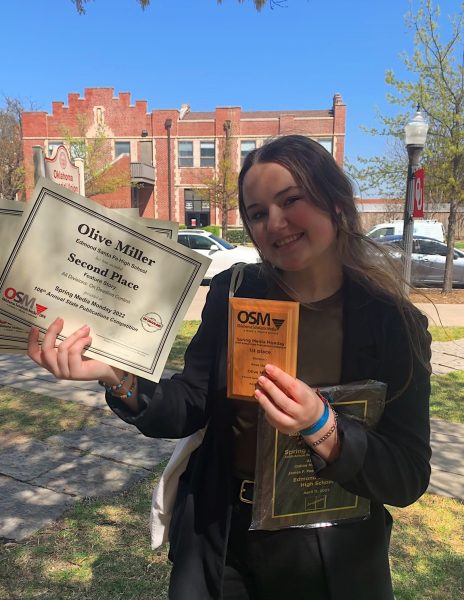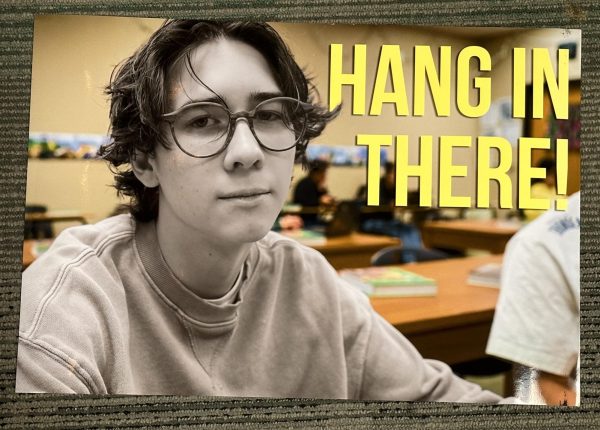“The Hunger Games,” books to movies: Fire caught? Or not.
Is the movie catching fire?
March 21, 2023
With the upcoming release of the movie adaptation of Suzanne Collins’ “Ballad of Songbirds and Snakes,” there has been a slight resurgence in the popularity of the Hunger Games trilogy. While the series could never be considered “obscure,” its presence on social media has been limited.
Since Netflix brought the trilogy to many people’s recommended section this March, the saga has been seen all over Tiktok. This revival brought back a surge of fans, old and new, ready to “reap” the enjoyment from the upcoming movie adaptation.
Many of these returning fans, including myself, have begun to rewatch and reread the series. In this regard, I would like to take a closer look at “The Hunger Games” novel itself and determine what has brought on its many movie adaptations.
“The Hunger Games” was written by Suzanne Collins and released in September 2008. The novel focuses on the 16-year-old protagonist Katniss Everdeen, and her life in the dystopian world of Panem. Panem is divided into districts 1-12, with each district being controlled by The Capitol. Every year, the President asserts his control over the districts by forcing two child tributes from each district to fight to the death in an arena for the Capitol’s entertainment. This battle is known as The Hunger Games.
The novel begins with Katniss’ life in District 12. Katniss, the provider of her family after her father’s death, heads into the woods to hunt illegally in the woods outside of 12.
Katniss’ life takes a turn when her 12-year-old sister, Primrose Everdeen, is pulled from the reaping bowl, Katniss quickly volunteers in place of her sister, and from there, the novel takes a turn. Katniss meets the male tribute from her district, Peeta Mellark, and the two are rushed to The Capitol to prepare for, and compete in, the games.
The novel was highly praised by a diverse audience. Some found enjoyment in the action and suspense present throughout the novel. Others found their love for the book in its deep political lore and world-building.
Needless to say, anticipation for the movie adaptation was lofty.
When Katniss rose to the silver screen, audiences were impressed. A vast majority of the choices made by the screenplay made complete sense. The fans were relieved that the adaptation remained faithful to the book, but of course, it was not perfect.
The movie version of “The Hunger Games” follows the plot incredibly well, however, the movie makes several changes that undermine a lot of the themes presented in The Hunger Games novel.
Madge Undersee, the daughter of the district Governor, gives Katniss (Jennifer Lawrence) her signature mockingjay pin. In a later book, it is revealed that the original owner of the pin competed in a previous game. In the movie, Madge is completely omitted.
In the book, Katniss and Peeta (Josh Hutcherson) are severely injured by the games and require prosthetics after it is over. In the movies, this is omitted.
In the book, the other tributes are humanized, and their deaths are mourned. In the movie, this is glossed over.
These omissions, along with several others, undermine several large ideas present in the Hunger Games series. Themes of the importance of unity against oppression and the gravity of trauma.
Nevertheless, faithful casting, impressive acting and stunning cinematography made up for many of the movie’s shortcomings.
The impressive performance of the movie adaptation has fans eagerly awaiting the November release of “The Ballad of Songbirds and Snakes.” Fans can only hope that when it comes to the box office, the odds will be in the film’s favor.




